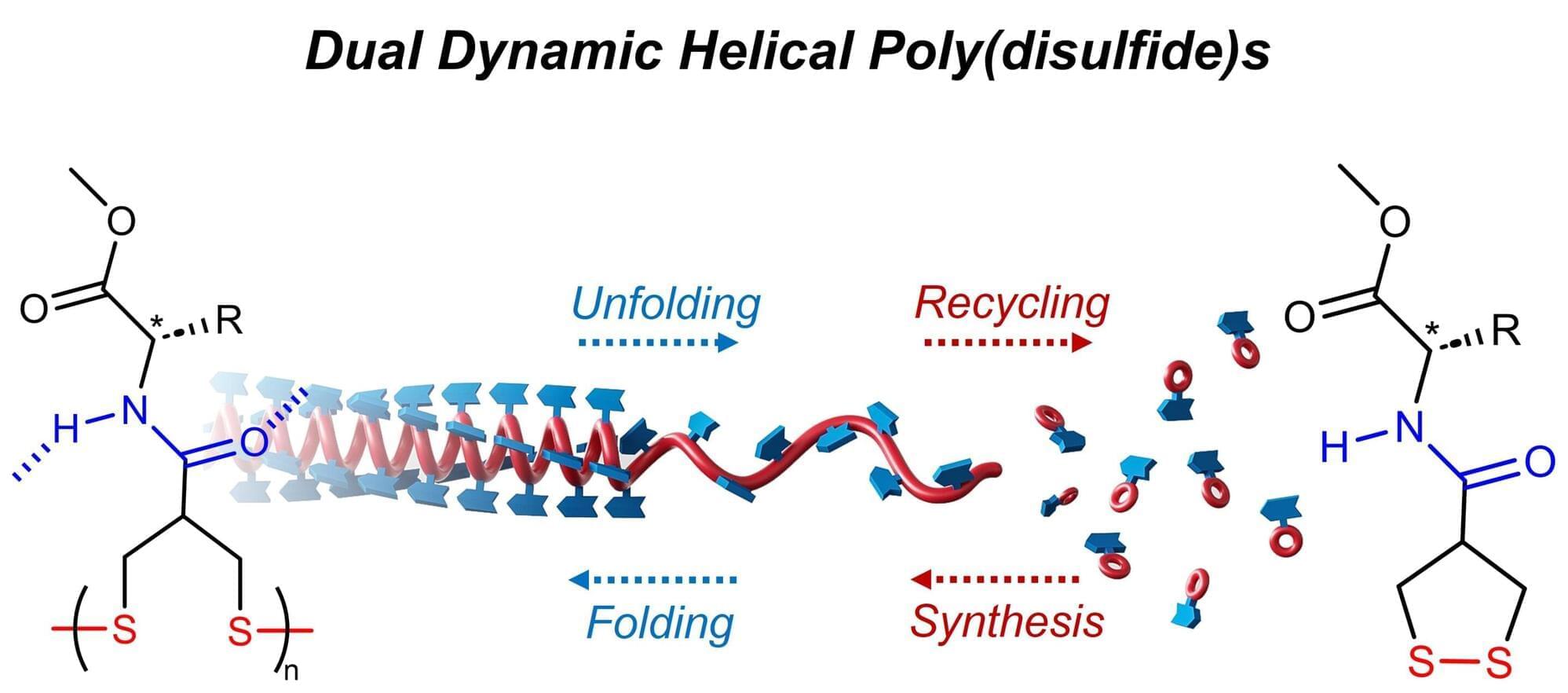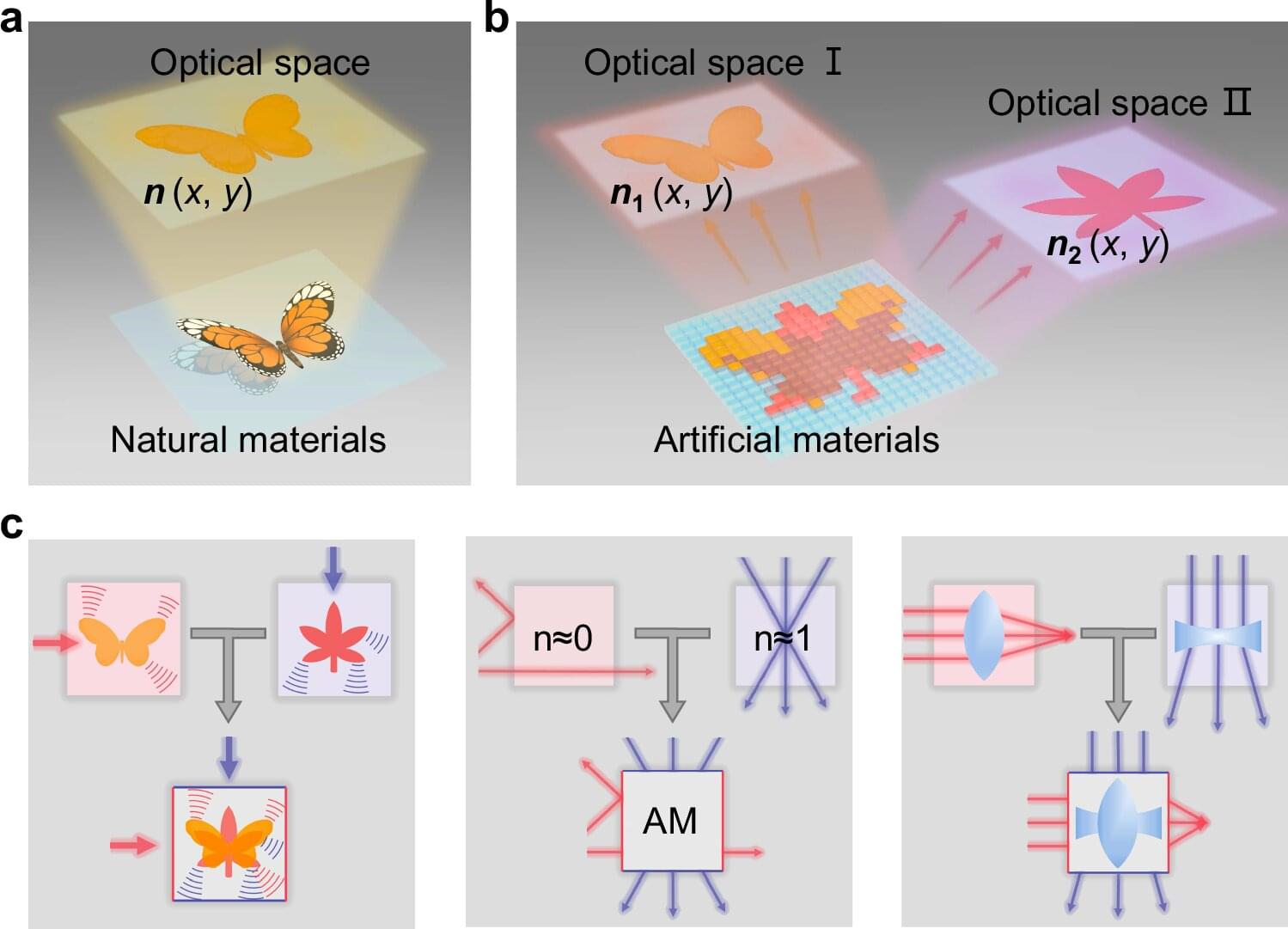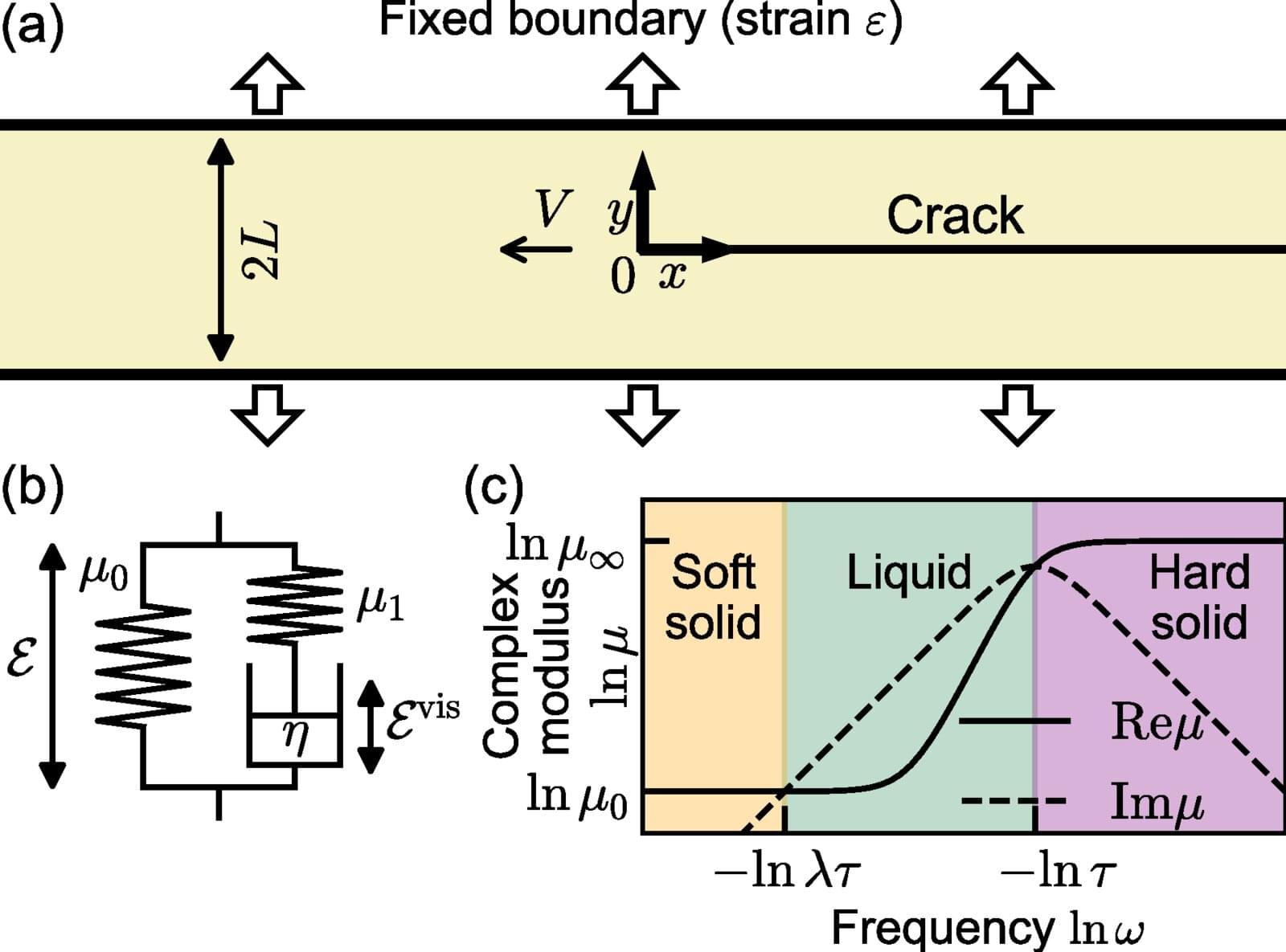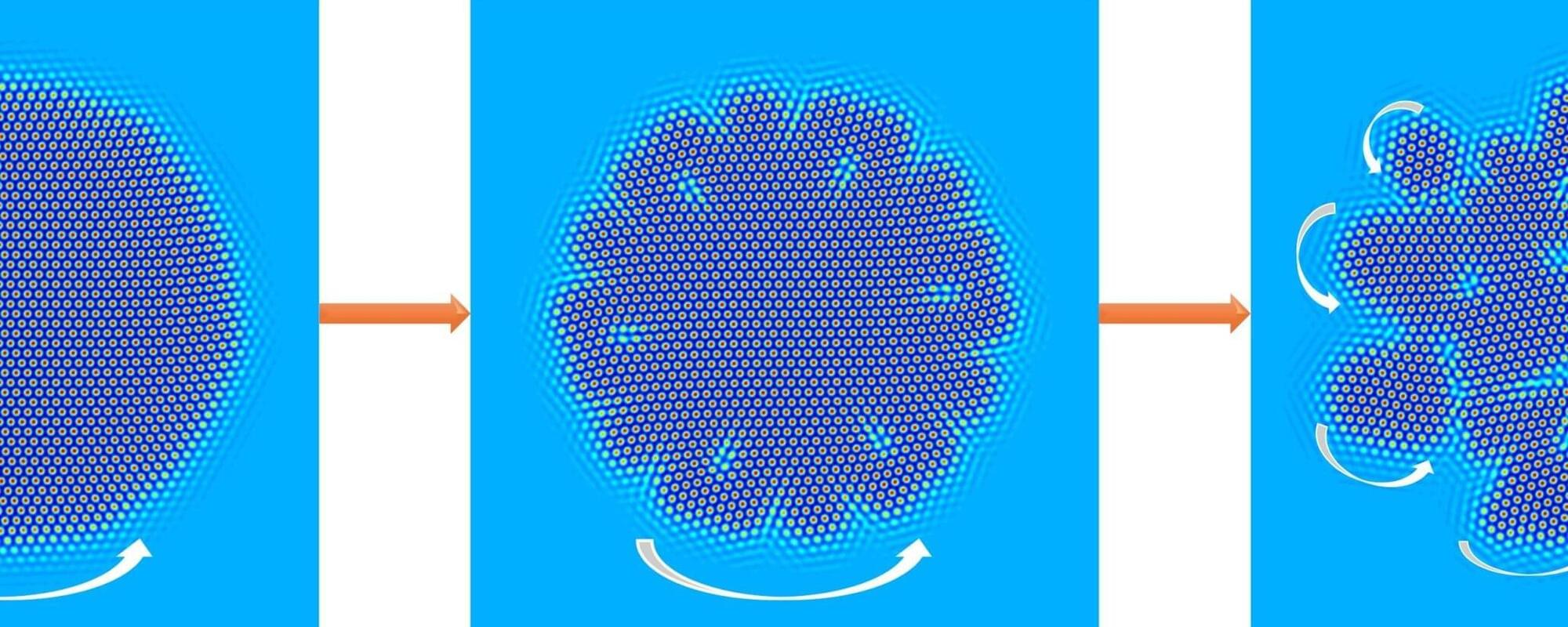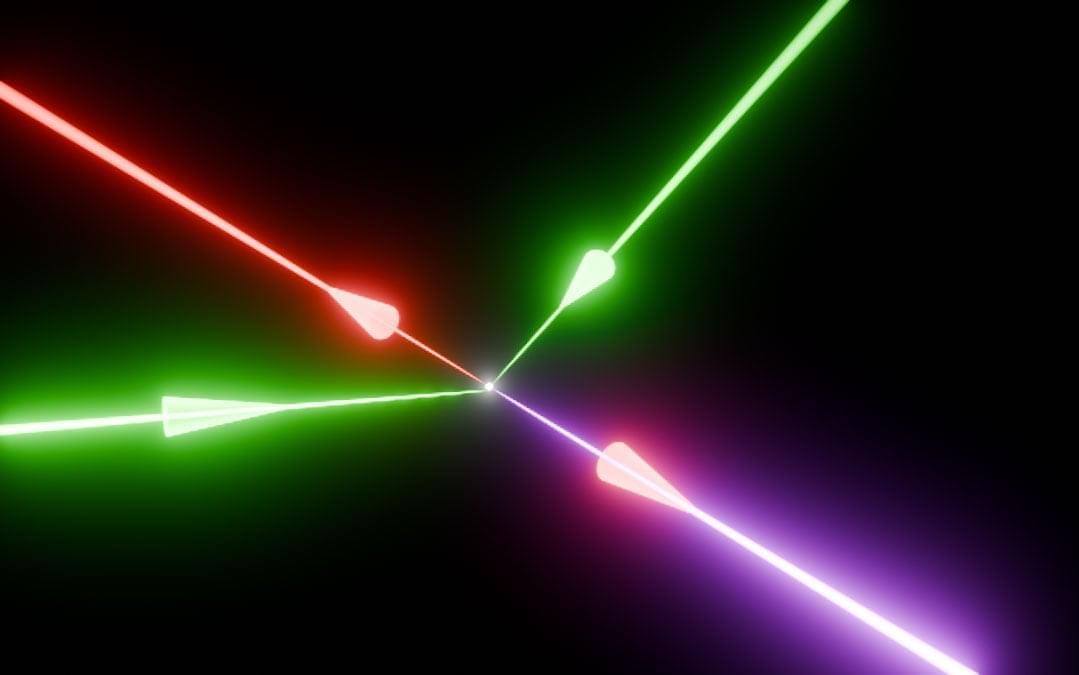Modern chemistry is increasingly focused on developing sustainable processes that reduce energy consumption and minimize waste. Photocatalysis, which uses light to promote chemical reactions, offers a promising alternative to more aggressive conventional methods. However, most existing photocatalysts are homogeneous—they dissolve in the reaction medium and cannot be easily recovered or reused—and they typically rely on blue or ultraviolet light, which is more energy-demanding and penetrates poorly into reaction mixtures, limiting their large-scale and biological applications.
Researchers at the Center for Research in Biological Chemistry and Molecular Materials (CiQUS) have developed an innovative, more sustainable method that uses red light—a low-energy, deeply penetrating light source —together with recyclable solid catalysts to promote chemical reactions cleanly and efficiently. The study highlights the potential of covalent organic frameworks (COFs) as red-light-active heterogeneous photocatalysts, a field that remains largely unexplored. This combination of reusable materials and mild light represents a significant step toward greener chemical methodologies.
The work is published in the Journal of the American Chemical Society.

